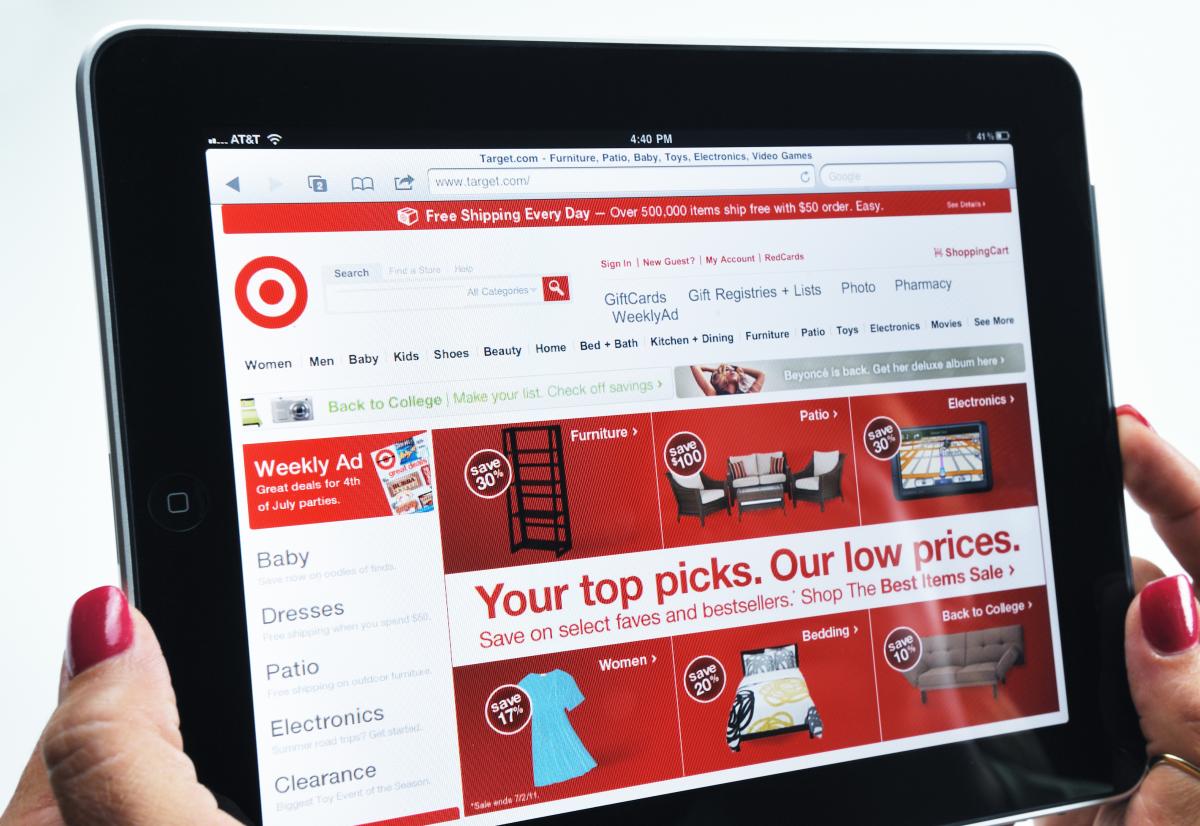The US big-box retailer meets goals on US employee wellbeing but could do much better on human rights in the global supply chain
New shoes? Back to school supplies? A new toaster? Cut-price celebrity designer dress? Chances are you can find what you’re looking for at Target.
Target is a popular US big-box retailer, catering to a slightly higher-end demographic than its much bigger competitor Walmart. Target has nearly 1,800 stores across the US, 239 million sq ft of retail space, and 341,000 employees. Shoppers - or “guests” - can find everything from groceries and fresh produce to clothing, personal care and homeware.
In the US, Walmart remains the dominant big-box player. Its 2015 revenues of $482bn were more than six and a half times more than Target’s $73.7bn. With a decade of sustainability efforts under its belt, Walmart is considered a leader in retail environmental sustainability, setting ambitious greenhouse gas emissions goals and leading the well-regarded Sustainability Consortium.

Late arrival
Target came a bit later to sustainability or corporate social responsibility (CSR) as it prefers to call its program. So do these two retail giants compete on CSR? A close look shows quite different priorities and approaches.
Target’s report is refreshingly transparent about its performance against the company’s 2015 goals; half of the 20 goals were met or exceeded, while it failed to reach the remaining 10. Target readily acknowledges these shortcomings. A new set of goals, expected later in 2016, will be revealing. Will the company set more ambitious goals for those it found easy to achieve and how will they address the challenges? How will the new goals support its chief CSR officer’s stated ambition to support the UN's Sustainable Development Goals (SDGs)?
Assuming the report reflects Target’s CSR strategy, we see a foundation built on people. Seven of the 20 goals are focused on team member wellbeing and three are about community education and volunteerism. Meanwhile, three-quarters of the report is dedicated to wellness, inclusion and community investments.
Target’s approach to employee wellness stands out: it gives employees a 20% discount (on top of employee discounts) on healthy foods and athletic apparel, leading to a 38% increase in employee spending on these categories in the program’s first four months. In addition, eligible employees receive paid time off for wellness activities. Target is committed to donating 5% of company profits to local communities each year and has exceeded $1bn in donations to educational organisations since 2009.
While most of the team member wellbeing goals were not achieved, the majority show progress over their 2010 baselines for things like participation in health assessments and screenings. Behaviour change is hard, so the new goals, strategies for meeting them and potential alignment with the SDGs will be interesting to see.

Human rights
Target misses the mark on human rights and worker health and safety in its global supply chain for owned-brand merchandise. Aside from some narrative about programs and certifications such as GoodWeave, the Alliance for Bangladesh Worker Safety, and the Roundtable on Sustainable Palm Oil, Target’s CSR focus seems myopic and insular.
The GRI Index provides an overview of Target’s social compliance audits by region and major noncompliance areas, but doesn’t provide enough information to answer questions that any sustainability expert would raise. How is Target building capabilities and empowering workers across the supply chain? How are non-compliant suppliers engaged and brought back to compliance? How are zero-tolerance findings dealt with?
This is an area where Target can step out from Walmart’s shadow and lead. Instead of only looking downstream at employees, guests and communities, Target can look upstream to the people who make their products.
Aiming for bulls-eye
Overall, Target’s 2015 report demonstrates a mature, well rounded-approach to CSR in its own operations and the communities it serves.
The company’s slogan is Expect More, Pay Less. Target has an opportunity to display leadership by setting goals and performance baselines for its supply chain, and holding itself accountable to transparently reporting against them in the future. Expecting more, not less.
Report Review supply chain Human rights GRI Target Walmart
